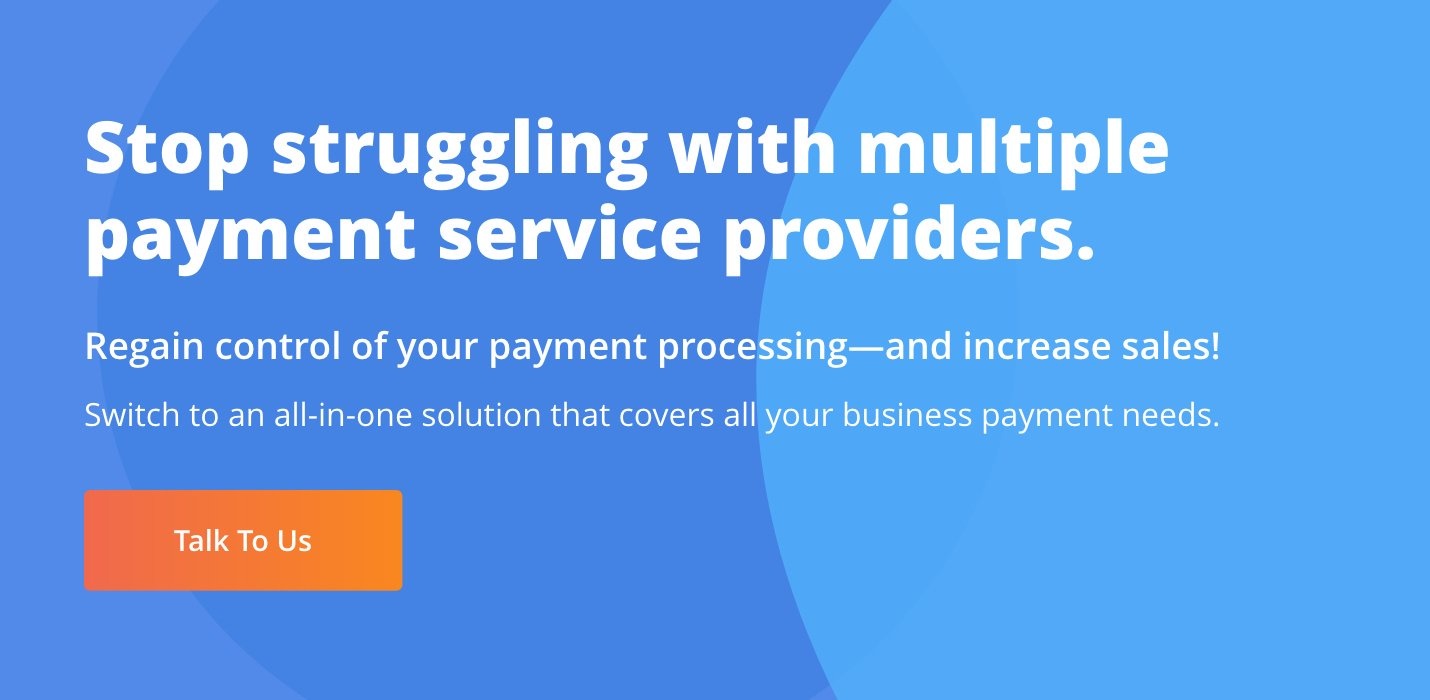You make a sale. The customer signs the deal. You get paid for your services.
Wouldn’t it be nice if every project and every invoice payment was that simple?
Unfortunately, with the complexity of the traditional quote-to-cash process, it’s not. That’s why ditching an outdated quote-to-cash process and upgrading to proposal-to-payment — a holistic, automated, integrated solution — can seriously benefit your business.
Where Today’s Quote-to-Cash Process Fails
The quote-to-cash process covers the spectrum of business processes that occur between the quote that a salesperson provides to a prospect and the signed-contract, paid-invoice stage that officially transforms them into a customer.
It’s a critical part of any business, but it’s not always done well. It’s often a mess of complex workflows, opaque attribution systems and outdated payment processes that relies on time-consuming, manual workflows. And it often requires a myriad of tools, leading to redundancy and error.
A faulty quote-to-cash process can also be a major point of friction between sales and finance. On the one hand, sales has to find a way to close the deal. On the other, finances needs to ensure your company actually gets paid. Neither team has much visibility into the other half of the process.
Worst of all, a fractured quote-to-cash process, especially when it comes to invoice payment, creates a negative experience for your partners or customers, making them less likely to come back.
4 Key Benefits of Upgrading to Proposal-to-Payment
The proposal-to-payment process represents a refresh of quote-to-cash — an updated, tech-enabled, streamlined process that reflects the modern nature of business transactions and emphasizes a smooth flow from start to finish.
With proposal-to-payment, your business can use one piece of software for the entire process. That means pulling everything from invoice collection to reminder emails to invoice payment methods into one system. It also means automating as much as possible for increased efficiency. Take a closer look at the 4 key benefits:
1. Better alignment
Before: Quote-to-Cash
If you’re following the traditional quote-to-cash process, it may look like this:
- Salespeople sell something; finance isn’t involved
- Salespeople generate quotes, often using their own templates and terms
- Quotes are uploaded/sent through a third-party e-sign application
- New customers sign the quote electronically
- Sales manually passes the document to finance
- Finance is handed the deal; sales is left out of the loop
- Finance manually creates new customers in the their accounting/ERP system, interpreting the details of the sale
- Finance drafts an invoice
- They send it to the customer
- They wait for the customer to pay, potentially following up (or asking the salesperson to) for payment
- Payments are manually recorded in the system
- At some point, your salespeople get a commission
In the majority of this process, sales is pretty much out of the picture. Finance shouldn’t have to interpret the sale, and sales shouldn’t have to guess at finance’s requirements. The only truly digital aspect of the whole process is the e-signature platform — and even that is via a third party, disconnected from the rest of your system.
After: Proposal-to-Payment
The disconnect between sales and finance doesn’t need to exist. In fact, the more streamlined proposal-to-payment process provides both sales and finance a single source of truth and fewer duplicated efforts. Ultimately, this means your teams won’t have to guess at what each other is thinking or leave sales teams tapping their toes waiting for a commission.
Here’s what the modern proposal-to-payment process looks like:
- Salespeople sell something; finance has full oversight
- Salespeople create a proposal within guardrails set by finance, selecting the appropriate billing/term structure
- Sales sends the proposal to a prospect, leveraging an integrated CRM
- The customer signs and pays within the platform
- Upon signature, the platform prompts the customer to enter their billing information
- The platform automatically pushes the customer into the accounting/ERP system and creates rules for any recurring invoices
- Sales and finance can view the status of all deals within a common customer record, including all communications invoices, and payment history
In this system, sales and finance are aligned from proposal all the way to payment, with full insight into the other team’s activities and guidelines. Data entry and alignment processes are automated for optimal efficiency.
2. Fewer errors
Sales needs to be flexible, but that doesn’t mean anything goes. If sales mistakenly promises a product or service that falls outside the scope of what’s possible, having the agreement bounce back between sales, finance and accounting and the potential customer until everyone reaches a compromise is a lengthy — and needless — process.
Within the proposal-to-payment process, your sales, finance and accounting teams have fewer manual tasks to complete, meaning fewer opportunities for error or double-entry. At such a crucial stage as signing an agreement and sending out invoices, there really shouldn’t be any errors at all.
A streamlined quote-to-sales solution should not only automate much of the manual data entry that sales and finance currently tackle, but it should also automatically provide guidance to sales when they first craft proposals. Sales can leverage rules created by finance to know that they’re following best practices, such as branded templates and pre-approved terms.
3. More time
A streamlined process is a fast one. An upgraded quote-to-cash solution should collect the information that sales and finance both need in one place so that they can both see:
- the status of a customer’s payment
- the nature of the services and products involved
- customer communications
- and other relevant information
This way, neither team needs to chase the other down for critical information or message the customer for details they’ve already provided. Having the status and details associated with your proposals at your fingertips frees up your schedule to focus on the next steps or other prospects.
4. Customer satisfaction
Updating your invoice payment processing is vital, because it touches all your customers. When payments are fully integrated and customers have accessible payment options, including cards and mobile wallets, invoices get paid faster with less hassle on each side.
Better alignment, fewer errors and a smoother process means that your customers will receive and pay their invoices faster. That also means more happier customers that keep coming back — because great service makes it easy to work with your business.
The old-fashioned, clunky quote-to-cash process isn’t doing your company any favors, and it’s likely costing you money and time. Implement a thinner, streamlined proposal-to-payment process at your company instead.
Ready to learn more about the future state of Accounts Receivable? Check out this blog post: How Payment Processing Improves Accounts Receivable Management.


